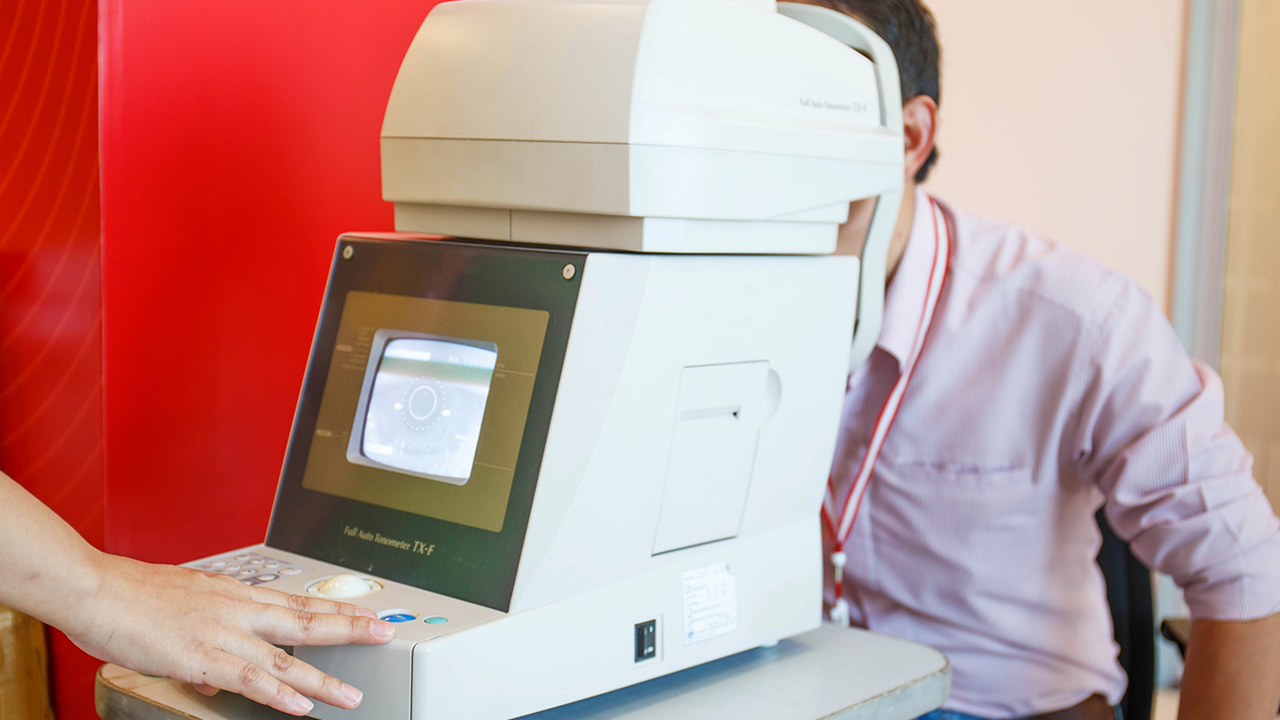Do Not Remove the Milk Skin When Boiling Milk

When boiling milk, it is natural for a thin skin to form on the surface. Many people instinctively remove this skin, believing it to be undesirable or unhygienic. However, this is a misconception. Not only is it perfectly safe to consume the milk skin, but it also boasts numerous nutritional benefits that make it worthwhile to keep it in your milk.
Nutritional Value of Milk Skin
The milk skin is rich in a variety of essential nutrients, including:
Protein: The milk skin contains a significant amount of protein, which is essential for building and repairing tissues.
Calcium: Calcium is a mineral that is crucial for strong bones and teeth.
Potassium: Potassium is an electrolyte that helps regulate blood pressure and nerve function.
Vitamin D: Vitamin D is a nutrient that is important for bone health and immune function.
Conjugated linoleic acid (CLA): CLA is a fatty acid that has been linked to several health benefits, including reducing the risk of cancer and heart disease.
Benefits of Keeping the Milk Skin
In addition to its nutritional value, the milk skin also provides several other benefits, such as:
Prevents milk from scalding: The milk skin acts as a barrier between the milk and the heat source, preventing it from burning and scalding.
Reduces the risk of boiling over: The milk skin helps to trap steam, reducing the chances of the milk boiling over.
Improves the texture of milk: The milk skin helps to create a smoother and creamier texture in milk.
Enhances the flavor of milk: Some people believe that the milk skin imparts a slightly richer flavor to the milk.
How to Remove the Milk Skin (If Desired)
While it is perfectly safe and beneficial to keep the milk skin, there may be times when you prefer to remove it. Here's how to do it:
1. Pour the milk into a saucepan: Pour the milk into a saucepan over medium heat.
2. Bring to a boil: Bring the milk to a boil, stirring occasionally to prevent scalding.
3. Remove from heat: As soon as the milk begins to boil, remove it from the heat.
4. Let stand for 5 minutes: Let the milk stand for 5 minutes. The milk skin will rise to the surface.
5. Skim the milk skin: Use a spoon to skim the milk skin from the surface of the milk.
Tips for Preventing Milk Skin Formation
If you prefer to boil milk without the milk skin, there are a few tips you can follow:
Use a wide saucepan: A wide saucepan provides more surface area for the milk to evaporate, reducing the likelihood of skin formation.
Stir the milk frequently: Stirring the milk frequently helps to break up the proteins that form the skin.
Add a small amount of salt: Adding a small amount of salt to the milk can help to prevent skin formation.
Conclusion
The milk skin that forms when boiling milk is not only safe to consume, but it is also packed with essential nutrients. Keeping the milk skin in your milk is a great way to boost your nutrient intake and enjoy the full benefits of this healthy beverage.
The above is all the content that the editor wants to share with you. I sincerely hope that these contents can bring some help to your life and health, and I also wish that your life will be happier and happier.
Topic: #remove #the #do














